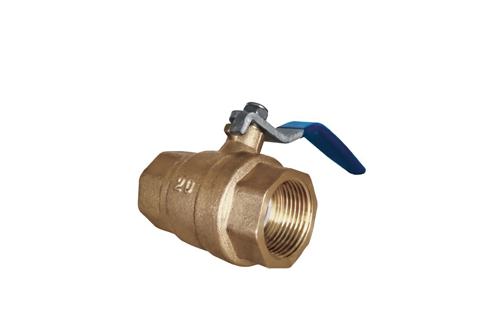In this comprehensive guide, we will delve into the world of ball valves and discuss the daily maintenance and maintenance practices that ensure their optimal performance. Ball valves are essential components in various industries, providing efficient control and regulation of fluid flow. By following these best practices, you can extend the lifespan of your ball valves and prevent potential issues that may arise from neglect or improper handling.

To maintain the functionality of your ball valves, it is crucial to perform regular inspections and cleaning. Start by visually inspecting the valve for any signs of leaks, corrosion, or damage. If any issues are identified, it is essential to address them promptly to prevent further complications.
To clean the ball valve, use a soft cloth or brush to remove any debris or contaminants that may have accumulated. Ensure that the valve is completely free from dirt and grime, as these can impede its smooth operation. Consider using mild detergent or specialized cleaning solutions recommended by the valve manufacturer for a thorough cleaning.
Proper lubrication is vital to maintain the smooth movement of ball valves. Apply a suitable lubricant to the valve's moving parts, such as the stem and ball, according to the manufacturer's instructions. This helps reduce friction, prevents seizing, and ensures the valve operates seamlessly.
Remember to use lubricants specifically designed for valve applications, as using the wrong type can compromise the valve's performance and integrity. Avoid excessive lubrication, as it can attract dirt and contaminants, leading to potential issues.
Regular testing and calibration are crucial to verify the accuracy and reliability of ball valves. Conduct pressure and flow tests periodically to ensure the valve operates within the specified parameters. This helps identify any deviations or abnormalities and allows for timely adjustments or repairs.
Calibration should be performed using precision instruments to guarantee accurate measurements. Consult the valve manufacturer's guidelines or seek professional assistance to ensure proper testing and calibration procedures.
In addition to regular inspections, cleaning, lubrication, and testing, implementing a preventive maintenance plan can significantly enhance the lifespan and performance of ball valves. Consider the following practices:
a. Schedule Maintenance Tasks
Create a maintenance schedule that outlines specific tasks and intervals. This includes inspections, cleaning, lubrication, testing, and calibration. Adhering to a predetermined schedule helps ensure that essential maintenance activities are not overlooked or delayed.
b. Keep Detailed Records
Maintain a comprehensive record of all maintenance activities performed on the ball valves. This record should include dates, tasks performed, observations, and any necessary repairs or replacements. Having a documented history allows for better tracking of maintenance efforts and facilitates troubleshooting if issues arise in the future.
c. Train Personnel
Properly train personnel who handle ball valves to ensure they understand the maintenance procedures and adhere to best practices. This helps prevent mishandling, reduces the risk of accidents, and promotes the overall longevity of the valves.
By implementing a comprehensive maintenance routine, you can optimize the performance and longevity of ball valves. Regular inspection, cleaning, lubrication, testing, and calibration are essential practices that help identify and address issues before they escalate. Additionally, preventive maintenance ensures that potential problems are proactively managed, reducing downtime and improving overall efficiency.
Remember, taking care of your ball valves not only extends their lifespan but also contributes to the smooth operation of your industrial processes. Prioritize maintenance, and you'll reap the rewards of reliable and efficient valve performance. We are ball valve suppliers. If you are interested in our products, please feel free to contact us.